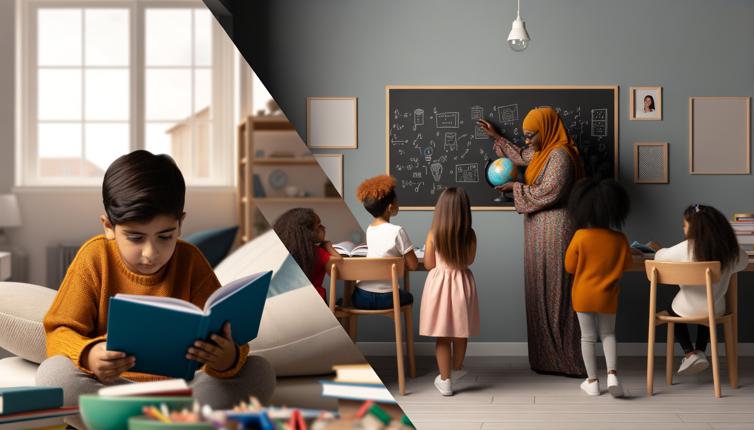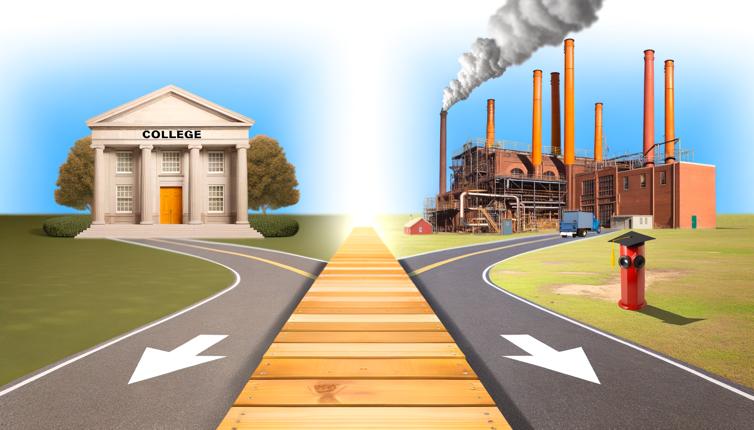Homeschooling
Homeschooling involves educating children at home, often with the guidance of a parent or tutor.,One of the key advantages of homeschooling is the ability to tailor the curriculum to meet the specific needs and interests of the child. This personalized approach allows for a more flexible and individualized learning experience.,Homeschooling also offers the opportunity for a more focused and relaxed learning environment. Without the distractions and pressures of a traditional classroom, children may be able to concentrate better and learn at their own pace.,Another benefit of homeschooling is the ability to provide a safe and nurturing environment for the child. With less exposure to negative peer influences and bullying, homeschooling can promote a positive social and emotional development.,However, homeschooling does have its challenges. It requires a significant amount of time and effort on the part of the parent or tutor, who must take on the role of both teacher and caregiver. It can also be isolating for the child, as they may have limited opportunities for social interaction and extracurricular activities.,Overall, homeschooling can be a great option for families who value flexibility, individualized instruction, and a controlled learning environment.
Traditional School
Traditional school refers to the conventional system of education where children attend a physical school with a structured curriculum and professional teachers.,One of the main advantages of traditional school is the social aspect. Children have the opportunity to interact with peers from diverse backgrounds, fostering social skills, teamwork, and cultural understanding.,Traditional school also provides access to a wide range of extracurricular activities such as sports, clubs, and events. This can enhance the child's overall development and help them discover and nurture their interests and talents.,Another benefit of traditional school is the availability of specialized resources and facilities. Schools often have dedicated classrooms, laboratories, libraries, and other resources that may be difficult to replicate in a homeschooling environment.,However, traditional school does have its limitations. The curriculum is typically standardized, and individualized instruction may be limited. This can be challenging for students who have unique learning styles or needs.,Additionally, traditional school may come with potential drawbacks such as overcrowded classrooms, bullying, and exposure to negative peer influences. It's important for parents to be aware of these factors and take appropriate measures to ensure their child's well-being.,In summary, traditional school offers a structured and social learning environment with access to various resources, while homeschooling provides flexibility and personalized instruction. The choice between the two depends on the child's individual needs, learning style, and family preferences.
Conclusion
Choosing between homeschooling and traditional school is a highly personal decision that should be based on careful consideration of the child's needs and the family's circumstances. Both options have their own advantages and challenges. Some children thrive in a homeschooling environment, benefiting from personalized instruction and a controlled learning environment. Others excel in a traditional school setting, where they have access to specialized resources and social interactions. It's important for parents to explore both options and make the choice that aligns with their child's unique abilities, interests, and goals. By creating a personalized educational journey, parents can ensure that their child receives the best possible education and the opportunity to thrive.









